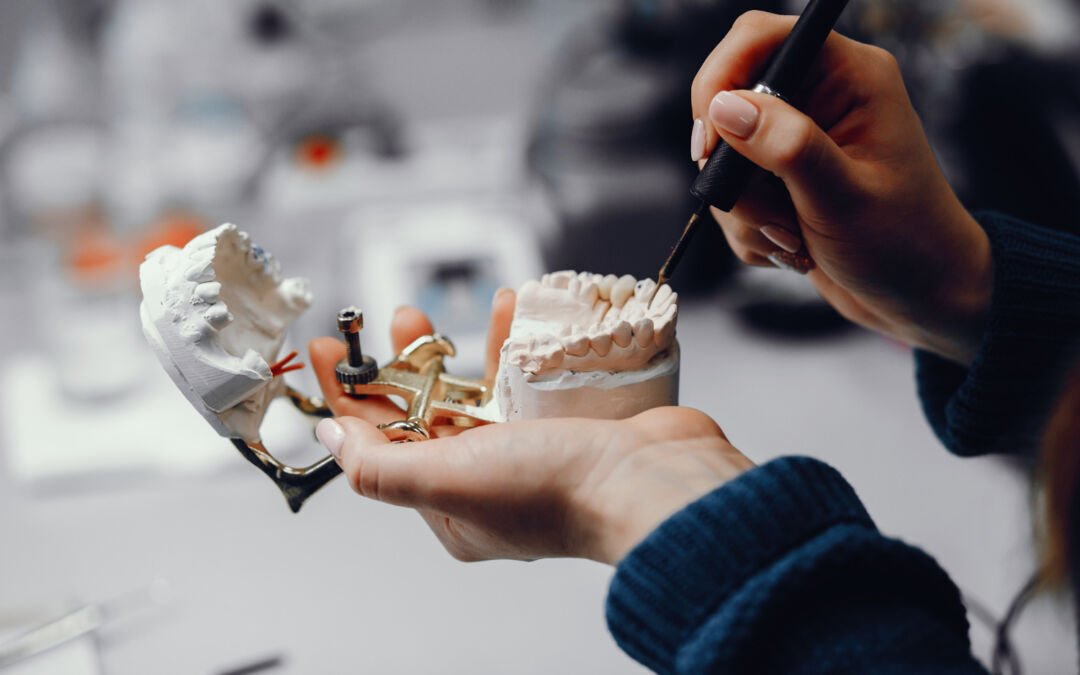A dental implant procedure involves inserting artificial titanium tooth roots. These implants will bond with your jawbone, allowing your dentist or oral surgeon to place replacement teeth onto them called crowns. Dental implants can be a great solution for anyone who is missing one or more of their permanent teeth. They are designed to look, feel and act just like your natural teeth.
Your dentist will give you the best method to place your dental implants. It is also possible to get your implants and crown inserted all on the same day. However, it can be common for your implant procedure to occur in multiple appointments which can be several months apart.
The surgical placement of your implant is the first phase. This is where your mouth will get numbed using local anesthesia or you will be given an IV sedation so that you have no pain or discomfort during the procedure.
Then an incision will be made into your gums so your dentist can place the tooth root implant into your jawbone in the location of your missing tooth. Once it is placed, the dentist closes the gums on top of the implant, so it remains covered.
Next, you will take time to recover at home and will usually come back for the second phase of the procedure in a couple of months. This gives enough time for the bone to start growing around the implant, which makes it strong enough to be anchored into place. This is known as osseointegration, which means the titanium of the implant is combined with the bone.
Each individual patient will heal differently, so it can take someone up to six months before their replacement teeth can be put into place. In some cases, patients can have everything done in one appointment.
Once your dentist can confirm that the implant is secure, the connecting piece called the abutment is placed over the post of the implant. This is what will hold the new tooth in place. When your gums are healed, the dentist will take impressions of your teeth and create custom replacement teeth known as the crown. The crown will then be attached to the abutment.
If your dentist put you under IV sedation, you could feel a little groggy after waking up for several hours. Make sure that you arrange to get someone else to drive you home after you’re done with the procedure.
Once the implants are placed, it is normal to feel bruising, swelling, minor bleeding and pain. Your dentist may advise you to stick with eating soft foods, cold foods and warm soup during the healing process. To help you get through any pain, your dentist will probably recommend some over-the-counter medications, including Advil.
Your new dental implants will need the same basic care as your natural teeth did. To make sure they stay healthy, you will need to brush them twice a day, floss, and regularly visit your dentist.




Recent Comments